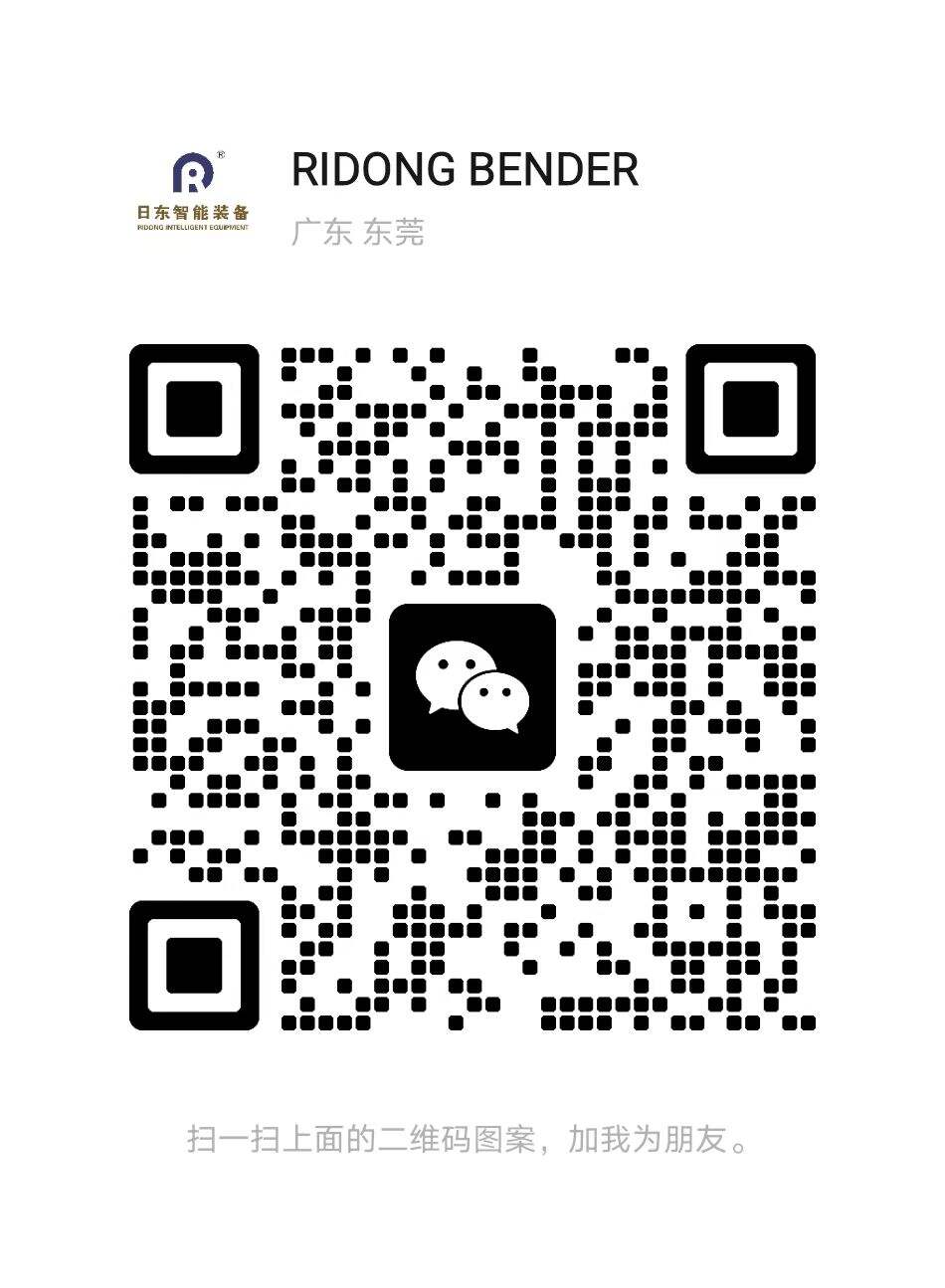How Ultrasonic Fabric Cutting Machines Revolutionize Textile Production
The Science Behind Ultrasonic Vibration Technology
Ultrasonic vibration tech has really changed how we make textiles these days. Basically, it works by sending out sound waves between 20 and 40 kilohertz that make things vibrate at super high speeds. What happens next is pretty cool the vibrations actually create enough heat to cut through fabric without touching it physically. When working with synthetics especially, this heat melts and seals the edges as it cuts, so there's no annoying fraying afterward. Manufacturers who've switched to this method report better results than old school techniques like hand cutting or using dies. Real world tests show less distortion in the material too, which explains why so many companies in technical fields and even medical textile production are jumping on board with ultrasonic systems.
Key Components: Generators, Blades, and Control Systems
What makes ultrasonic fabric cutting machines work so well comes down to three main parts: generators, blades, and control systems. The generator does most of the heavy lifting here, turning regular electricity into high frequency vibrations that actually do the cutting. For the actual slicing action, specialized blades come into play. These aren't your ordinary scissors blades but specially crafted tools made for this exact purpose. They stay sharp much longer than standard blades would, which means less downtime replacing them and saving money in the long run. Then there's the control system that manages how fast and strong those vibrations get. When operators tweak these settings just right, the machine can handle everything from fine silk fabrics all the way up to tough industrial materials without missing a beat. This kind of flexibility matters a lot to production managers who need consistent quality cuts day after day across different materials.
Advantages Over Traditional Fabric Cutting Methods
Precision Cutting for Complex Patterns
Fabric cutting done with ultrasonic machines brings something special to the table when it comes to precision work. These machines are great for handling complicated designs where every detail matters. Manufacturers find they can cut out those tiny parts accurately, which means less wasted material overall and opens up possibilities for more creative patterns. Some real world data shows that shops switching to ultrasonic cutting often see around 10% less fabric going to waste than what happens with older techniques. For folks working in textiles, this kind of accuracy makes all the difference. It lets them experiment with new shapes and textures without worrying so much about mistakes ruining expensive materials.
Reduced Fraying and Sealed Edges
Ultrasonic cutting works wonders for fabrics because it seals the edges right as they get cut, resulting in much cleaner edges on whatever gets produced. When there's no fraying happening, factories don't have to spend extra time or money doing those messy finishing touches after cutting. Some textile companies report cutting their edge sealing time almost in half when switching to ultrasonic methods. For manufacturers looking to keep costs down while still producing high quality goods, this kind of efficiency makes all the difference. The fashion industry especially values these improvements since customers expect sharp lines and neat finishes without paying premium prices for them.
Energy Efficiency and Faster Production Cycles
Ultrasonic machines stand out when it comes to saving energy, using way less power compared to old school fabric cutting techniques. The lower electricity usage translates into real money savings for businesses while also being better for the environment. What's even cooler is how fast these machines cut through materials. Production times get slashed, so factories can crank out products much quicker without breaking a sweat. Textile companies switching to ultrasonic cutting see dramatic improvements in output rates while keeping their energy bills under control. This gives them a competitive edge in an industry where speed matters as much as quality does.
Applications in Modern Textile Manufacturing
High-Speed Curtain and Roller Blind Production
The ultrasonic cutting tech used in making curtains and roller blinds really boosts how fast things get done compared to old school methods. What makes it work so well? Those high frequency vibrations cut through materials with amazing precision while saving time on each piece. Manufacturers find they spend less money overall because there's just not as much wasted fabric lying around after cuts. Take Sabre Plastics Tooling for example they installed those Rinco systems right into their weaving machines last year. The results? Production times dropped by almost 30% according to their reports, and customers are noticing better quality edges on the finished products too. As more people want custom window treatments, having this kind of efficient setup helps keep up with orders without breaking the bank on materials or labor costs.
Innovative Uses in Sportswear and Technical Fabrics
Ultrasonic tech has really changed how we handle technical fabrics in sportswear manufacturing. The materials used today need both flexibility and pinpoint accuracy something regular cutting methods just cant match. Big names like Nike and Adidas started using these ultrasonic cutters years ago because they make sure edges stay clean without any fraying issues. That means better lasting products and more comfortable wear for athletes. When working on complicated designs or layered materials, this method gives stronger seams while maintaining all that needed flexibility. Sports brands love it since it saves time during production runs too.
Bonding and Welding for Seamless Apparel
Ultrasonic welding is changing how we put clothes together, basically making it possible to join fabrics without those annoying little stitches everywhere. What happens here is pretty cool actually the machines send out these super fast vibrations that heat up the fabric just enough to fuse different layers together. The end result? Garments that feel much better against skin and work better when worn. Looking at what's happening in the market right now, people really seem to love the look of these seamless pieces they last longer too which matters a lot for folks who care about getting their money's worth from fashion. A bunch of big name brands have started incorporating this tech into their lines because customers keep asking for clothes that fit like a glove and don't fall apart after one wash.
Emerging Trends in Ultrasonic Textile Technology
Integration with AI-Driven Pattern Recognition
Combining AI pattern recognition with ultrasonic cutting tech is changing things big time in textiles. When manufacturers start using these smart algorithms, they see real improvements in how accurately patterns are recognized and cut out. The result? Faster production runs with fewer mistakes. These intelligent cutting machines basically think on their feet during operation, making instant adjustments as needed. They also waste less fabric because everything gets positioned just right. Looking ahead, this kind of tech will let textile firms produce custom garments with pinpoint precision much quicker than before. While there's definitely a cost savings factor here, many companies find that customers are willing to pay extra for the quality improvements these systems bring to the table.
Smart Manufacturing for Customized Fabric Designs
Smart manufacturing techniques in the textile industry are making custom fabric designs possible, thanks largely to advances in ultrasonic cutting tech. What makes this so interesting is that manufacturers can now switch between different patterns and materials much faster than before. Brands aren't just mass producing anymore they actually listen to what customers want and adjust their production accordingly without losing speed or quality. Take some companies we've seen recently for instance, they let consumers pick colors, textures, even specific weave patterns through online platforms, then use those ultrasonic cutters to create samples within days. The whole game has changed really. Customization isn't just about looking good on paper anymore it's forcing textile companies to get creative with their offerings if they want to compete against all these niche players popping up everywhere.
Eco-Friendly Solutions for Waste Reduction
The ultrasonic fabric cutting tech has become pretty important for sustainability work in textiles lately. The machines cut much more accurately than traditional methods, which means less fabric ends up as scrap. That matters a lot when trying to cut down on environmental damage from production waste. Some research indicates factories using these cutters might save around 30% of their material normally lost during manufacturing. Better accuracy saves money too since there's less wasted product, plus it helps create greener textiles that consumers are increasingly asking for nowadays. As companies look for ways to stay competitive, adopting technologies like this allows them to push forward innovation without harming the planet so badly.
Sustainability and the Future of Fabric Processing
Reducing Material Waste in Industrial Cutting
Most traditional ways of cutting fabric create a lot of wasted material, something that really hurts both the environment and company budgets. Ultrasonic cutting changes this game completely by reducing what gets thrown away while making much cleaner edges. What happens here is pretty interesting actually – these machines send out high frequency vibrations that cut through fabrics without causing any fraying at all. Less leftover scraps means better sustainability for anyone working with textiles. Some research from people who know their stuff in the industry shows around 20 to 40 percent less waste when using ultrasonic instead of regular methods. Beyond being good for the planet though, companies save money too since they don't have to buy as much raw material. Many manufacturers are starting to switch over because it just makes sense financially and environmentally speaking.
Ultrasonic Machines in Circular Textile Economies
Ultrasonic cutting machines are becoming really important for circular textile economies because they help keep fabrics usable and recyclable. When these machines cut fabric so precisely, what's left over after production isn't just waste anymore. Factories can actually reuse those scraps for other projects or send them off for proper recycling instead of throwing them away. According to recent industry reports, companies are adopting this technology at a faster pace than expected. Some experts predict around 30% growth in sustainable fabric processing using ultrasonics by 2028. What's happening here shows that manufacturers finally see value in these machines as part of the push for greener practices in textile manufacturing. As more factories integrate ultrasonic tech into their recycling workflows, we're seeing real reductions in the environmental footprint of making clothes and other textile products.






